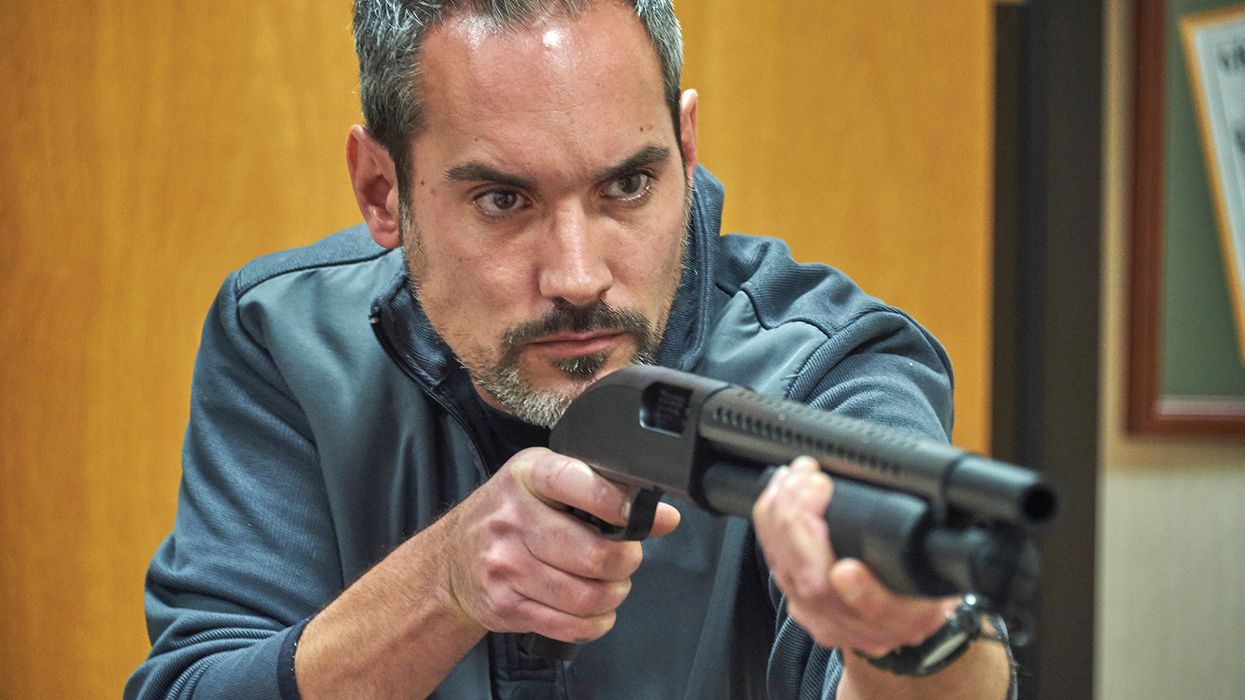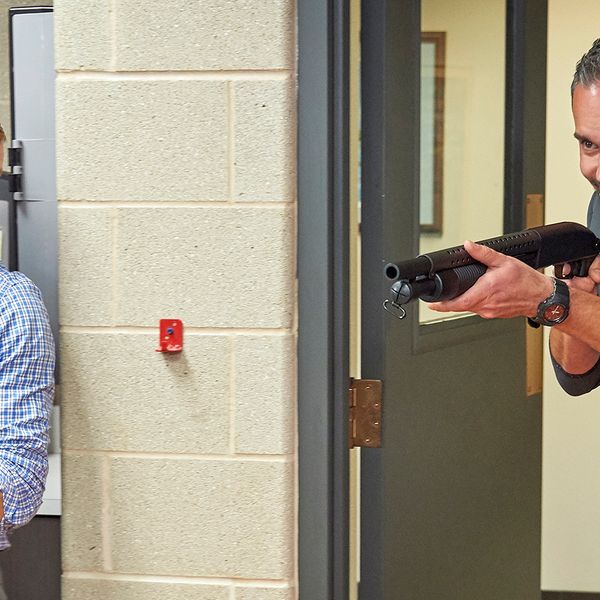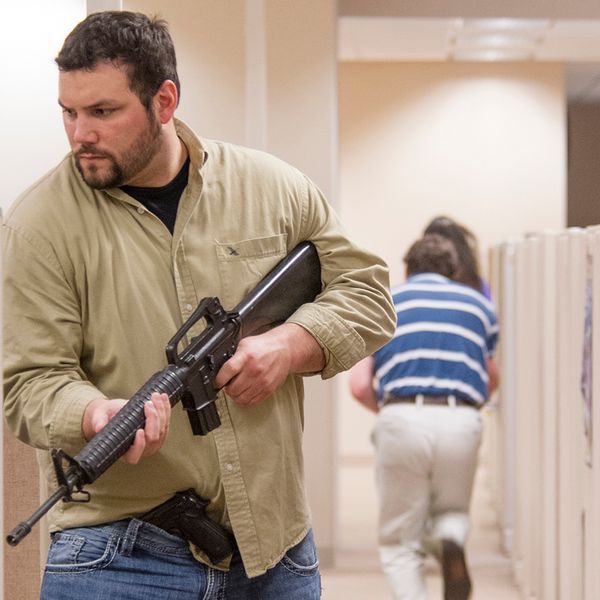Understanding how active shooters plan attacks could help stop them
The FBI has conducted extensive studies on active shooter motivation and planning. Since more than half of shooters documented their plans to attack, these studies identified some potential warning signs. They also showed that most attackers go through several phases, highlighting why early intervention is key to preventing attacks.
Motivation
An FBI study of 160 incidents found that 80 percent of active shooters had a real or perceived grievance. Often, the shooter wanted revenge for alleged mistreatment or unfairness. In those cases, the primary target was someone known to the attacker. Unfortunately, most victims were bystanders who happened to be in the wrong place at the wrong time. The most common motivations included:
- Personal, such as divorce, financial or legal problems, or conflicts with family or coworkers;
- Employment related, such as a recent termination; and
- General hatred, such as racism or religious bias.
Active shooter events can appear random when the attacker has no relationship to the target (such as a shopping mall). However, when individuals attack their current or former place of employment, they often have an injustice motive coupled with a specific target.
Employers should watch for employees who blame others for their problems, get into confrontations with coworkers, and/or seem to be contemplating suicide (which suggests extreme despair).
Planning phases
More than half of the incidents studied by the FBI involved potentially visible warning signs such as journals or social media posts. Understanding the planning phases may help employees better identify warning signs and realize the importance of early reporting. Active shooters tended to go through five phases:
- Fantasizing about the attack, whether daydreaming, writing journals, posting on social media, or talking to friends. Identifying and reporting these warnings can allow for intervention.
- Planning who to kill and what methods to use. Most attackers spent less than two months planning.
- Preparing by gathering equipment and weapons, as well as surveilling the location. More than half the shooters studied spent less than one week in the preparation phase.
- Approaching the target, which may take only moments, though some attacks were stopped as the attacker approached the target.
- Initiating the attack.
Understanding these stages and timelines can help highlight the importance of early reporting. The fantasy and planning stages can last months and could include expressions of rage about being wronged, making threats, writing manifestos, or making lists of equipment. Reporting concerns at this stage allows more time for intervention.
At the third preparation stage, warning signs include obtaining weapons and tactical gear, training with weapons, acquiring chemicals or bomb-making material, surveilling targets, or warning friends to avoid a location on a particular day. In this phase, the shooter could be mere days from starting the attack.
Check out our article My experience during an active shooter simulation for a firsthand account from an employee who participated in an active shooter training event in the workplace.
Understanding the five phases may help coworkers or family members recognize red flags. Further, knowing that the timeline to an attack tends to shorten with each phase should encourage immediate reporting. By the time an active shooter reaches the third preparation phase, an attack could be imminent and delaying a report of concerns for even one day could cost lives.
Key to remember: Employees who understand active shooter planning phases and warning signs should recognize the importance of early intervention. Once the attacker begins gathering equipment, an attack may be imminent.


















































